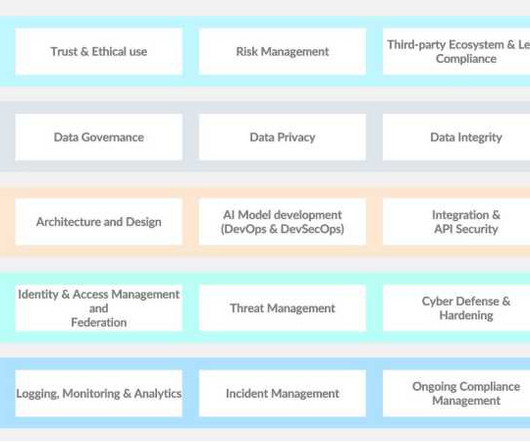ChatGPT, the rise of generative AI
CIO Business Intelligence
APRIL 25, 2023
GPT stands for generative pre-trained transformer. Five years later, transformer architecture has evolved to create powerful models such as ChatGPT. ChatGPT was trained on a much larger dataset than its predecessors, with far more parameters. ChatGPT is a product of OpenAI. It’s only one example of generative AI.














Let's personalize your content